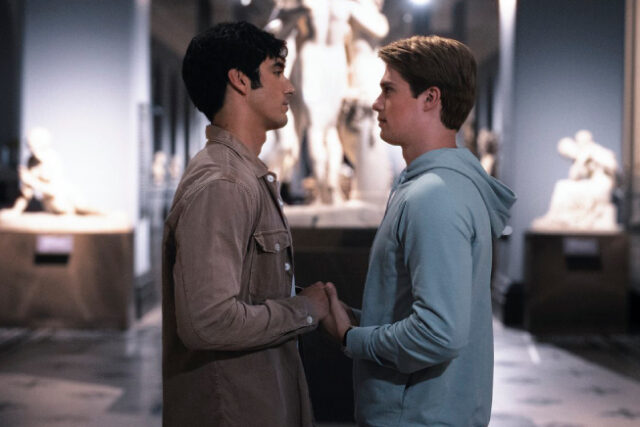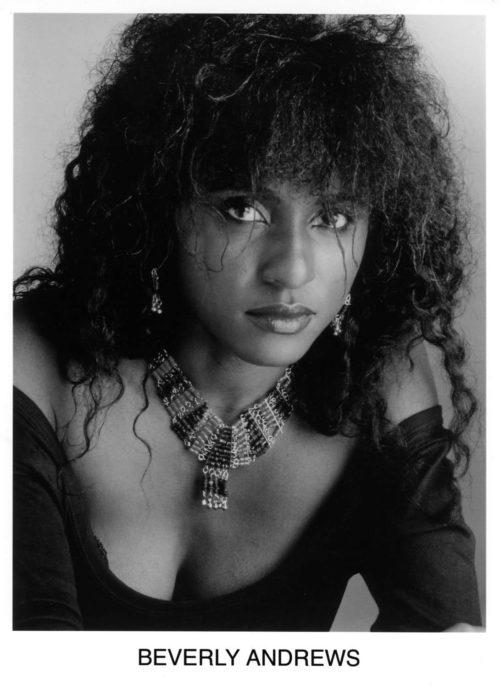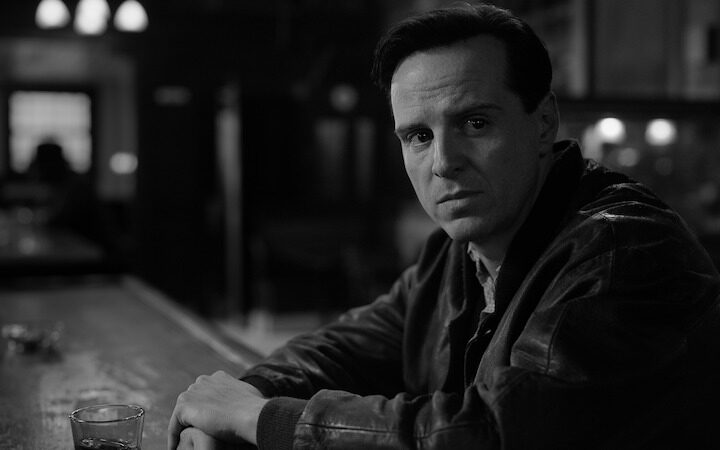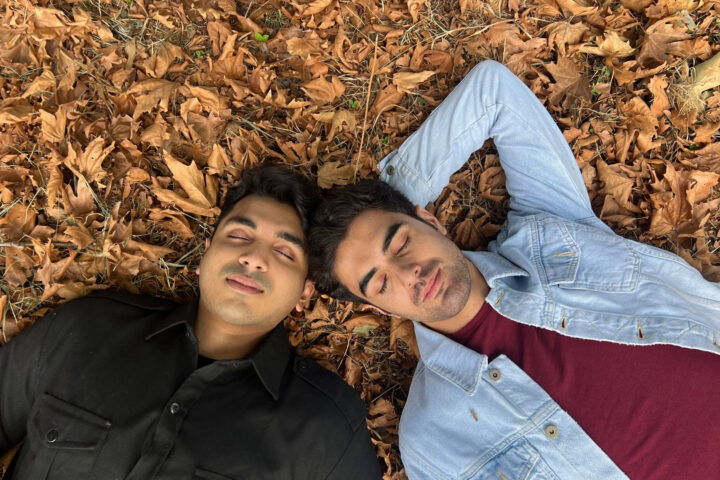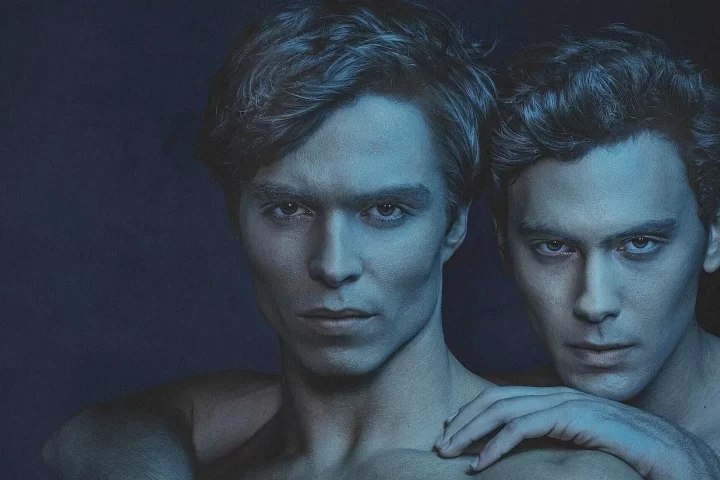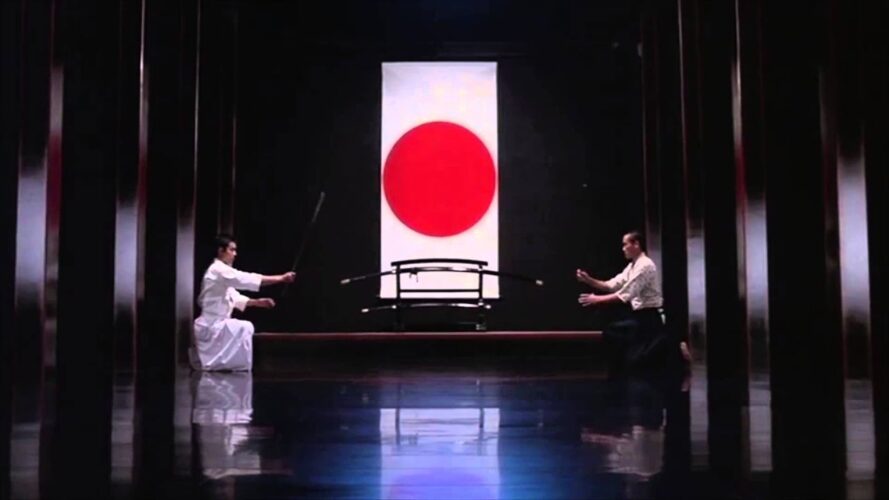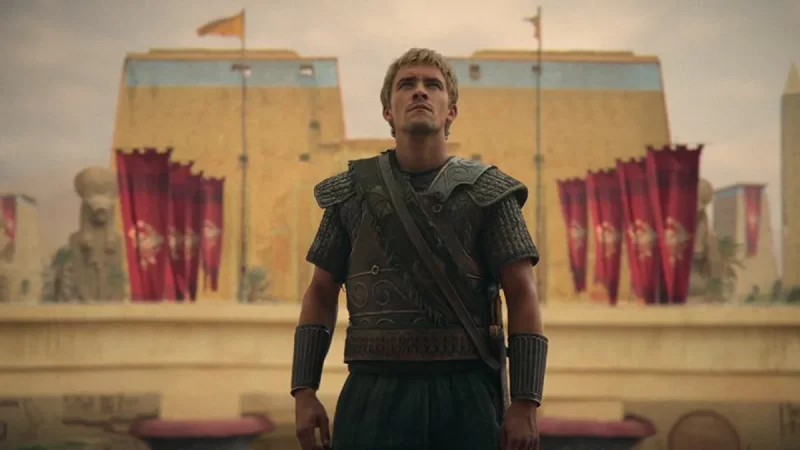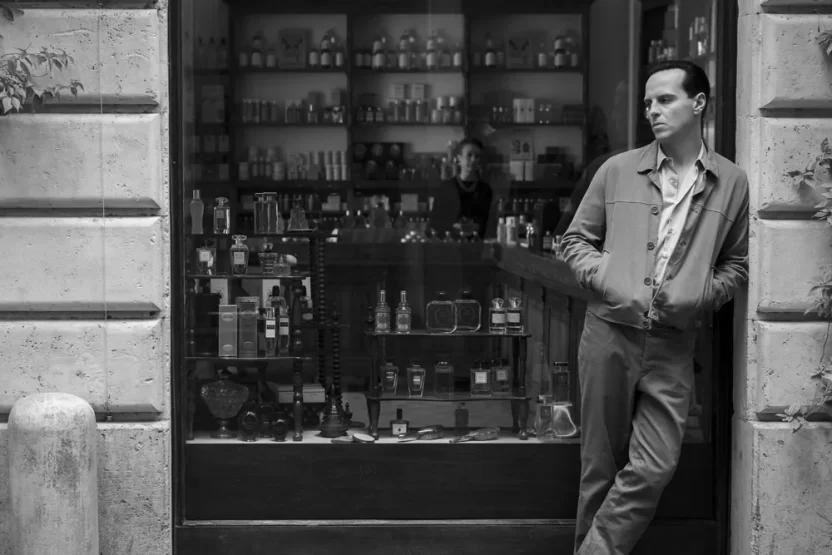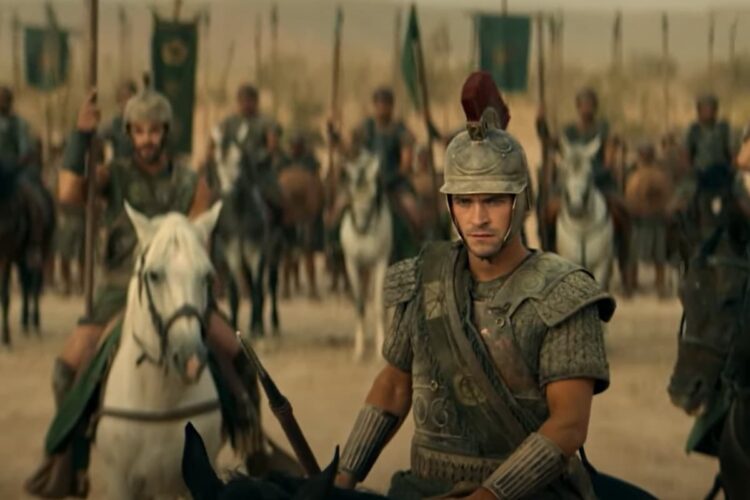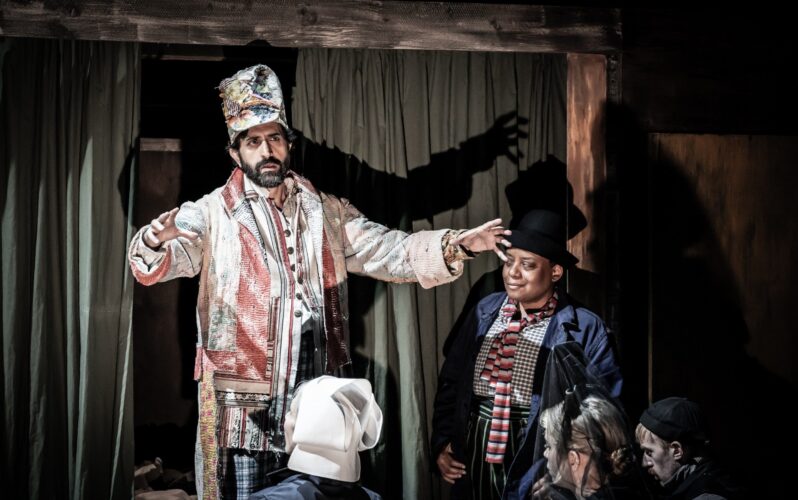Rays of Light in the Midst of Darkness
In our increasingly polarized world—one often overshadowed by a toxic media landscape—it’s heartening to celebrate creative works that bring light into our lives. Recently, three such works have done just that: a Netflix series, an Amazon film, and an opera. Each is adapted from a literary source—two books and a web series—and all three cast a refreshing, illuminating light on communities that are currently grappling with rising global intolerance.
Red, White and Royal Blue | Amazon Prime
Red, White & Royal Blue is a charming romantic comedy adapted from Casey McQuiston’s bestselling novel. The film follows the relationship between Prince Henry—the closeted, third-in-line to the British throne (played with endearing bewilderment by Nicholas Galitzine)—and Alex, the charismatic, biracial son of America’s first female president (portrayed just as winningly by Taylor Zakhar Perez).
What begins as a rivalry quickly evolves into an unexpected friendship, and ultimately, a deep and heartfelt romance. What could easily have veered into formulaic Hallmark territory is instead elevated into something genuinely moving and profound, thanks to the sensitive direction of celebrated playwright and first-time filmmaker Matthew López. As a playwright, López is best known for The Inheritance, which earned him both Olivier and Tony Awards. Here, he brings a deft, informed touch to McQuiston’s material, balancing humor, heart, and authenticity.
The film’s strength lies not only in its emotionally believable characters and revolutionary love scenes—praised by many in the queer community for their honest, tender portrayal of gay intimacy—but also in its radiant inclusivity and unashamed embrace of romance. The undeniable chemistry between Galitzine and Zakhar Perez infuses the film with energy and warmth.
While homophobia is present, it is not the central focus. Instead, Red, White & Royal Blue offers a joyful, affirming story of queer love that resonates widely. Its success speaks for itself: the film became an instant hit and continues to rank among Amazon Prime’s most-watched titles, proving that a queer romance can indeed captivate a global audience.
***
Heartstoppers | Netflix
Joining Red, White & Royal Blue in both theme and success—but this time on Netflix—is the adorable and deeply moving adaptation of Alice Oseman’s smash-hit webcomic, Heartstopper. The series follows the tender love story between Charlie, a much-bullied gay teenager, and Nick, the school’s beloved rugby star and Charlie’s secret crush.
Surrounding the central couple is a vibrant and lovable circle of friends: Tao, a fiercely loyal Chinese student; Elle, a kind and courageous trans girl; and the world’s most endearing lesbian couple, Tara and Darcy. These characters enrich the narrative with warmth, diversity, and unwavering support.
It’s difficult to pinpoint exactly why Heartstopper resonates so profoundly—especially in its second season—but perhaps it’s because the show reflects humanity at its best. We are invited to embrace each character fully, and we follow their emotional journeys with genuine investment and care.
Joe Locke as Charlie and Kit Connor as Nick deliver beautifully nuanced performances, capturing the joy and vulnerability of first love. Charlie must confront the lingering trauma from being bullied for his sexuality, while Nick wrestles with the realization that he isn’t straight, but bisexual. Their journey is honest, heartfelt, and deeply relatable.
At every turn, their friends are there—steady, compassionate, and always ready to offer support. Heartstopper is a rare gem: sincere, inclusive, and quietly revolutionary in its depiction of queer youth navigating love, identity, and friendship.
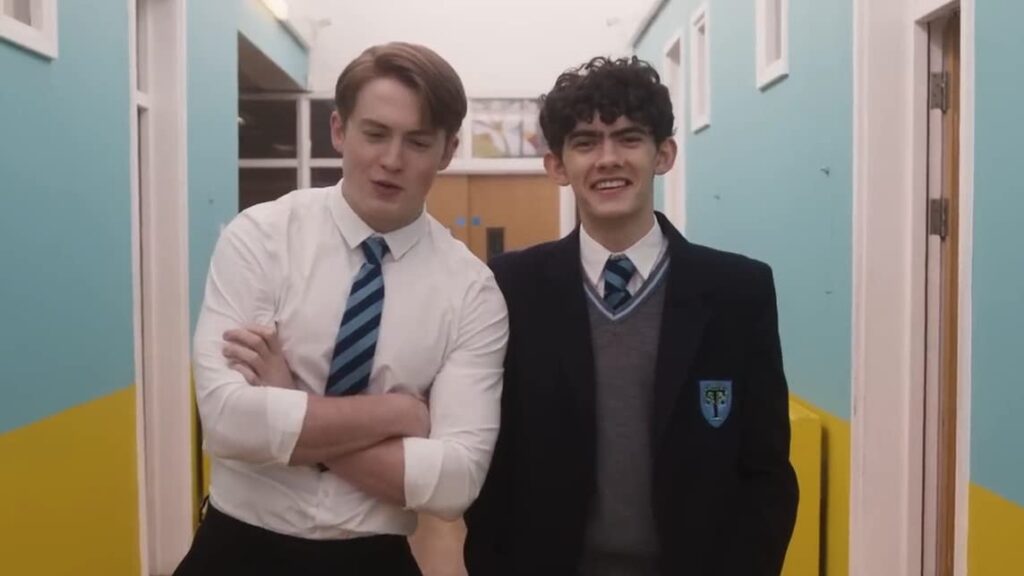
The production values of Heartstopper are sublime. Alice Oseman, who served as one of the executive producers and wrote all sixteen episodes herself, ensures the series feels cohesive and lovingly crafted. That creative consistency shines through in every frame. From the delicate, whimsical animations that appear throughout the series to the pitch-perfect soundtrack that enhances each emotional beat, Heartstopper is visually and emotionally stunning. Oseman has created a world that feels grounded in reality yet shimmers with a quiet, genuine magic.
Among the standout supporting cast is the incomparable Olivia Colman, who plays Nick’s mother. The scene in which Nick comes out to her is nothing short of extraordinary—so tender and empathetic it deserves to be shown to every parent of a queer child. In it, she gently apologizes for anything she might have done to make him feel that this was a difficult conversation to have. It’s one of the most moving moments in the series—simple, heartfelt, and deeply human.
By the time you finish both seasons, you’re left with a powerful urge: to go out, embrace life, and fall in love.
***
Omar | An American opera
The final work is, in many ways, quite different from the other two—but it, too, charts a powerful journey rooted in love. Omar is an opera composed and co-written by celebrated folk musician Rhiannon Giddens, in collaboration with Michael Abels. It tells the remarkable true story of Omar Ibn Said, a West African Islamic scholar and multilingual intellectual, who was kidnapped from his native Senegal at the age of thirty-seven and enslaved in America for the remainder of his life.
Omar’s story is nothing short of extraordinary. After escaping a brutal first owner, he was captured and imprisoned. While held in a tiny jail cell, he inscribed the walls with verses from the Quran, astonishing onlookers and directly challenging the dehumanizing myth that enslaved people were intellectually blank slates. Omar’s life refuted that deeply flawed assumption. Later, he was purchased by James Owen, a more benevolent owner who hoped to convert him to Christianity. Omar was given an Arabic translation of the Bible, but instead of converting, he wrote his own autobiography—an act that quietly underscored a profound historical truth: between one-quarter and one-third of the people taken across the Atlantic during the Middle Passage were Muslims.
Though Omar was offered several opportunities to return to Senegal, he chose to remain in America, uncertain whether his family had survived. He lived into his nineties. While many believed he had converted to Christianity, scholars now question that assumption. Among the artifacts he left behind—including the Bible given to him—are inscriptions of Quranic verses, suggesting his Islamic faith remained intact.
What Giddens focuses on in this beautiful opera is not merely the trauma of Omar’s enslavement, but the extraordinary fortitude and inner dignity he preserved throughout his life. In this sense, the opera celebrates a quiet, unwavering love: Omar’s love for himself, for his identity, and for his faith. That self-love, in the face of unimaginable hardship, gave him the strength to endure.
At a time when some American schools in conservative states are legislating against the honest teaching of African American history, Omar arrives as a work of urgent relevance. Alongside Heartstopper and Red, White & Royal Blue, it reminds us that perhaps the most powerful way to resist intolerance is simply this: tell your story.
- A Night of the Blues – Review
- SOULMATES
- TOLERANCE
- Black Queer Voices
- Migrants – Messengers of Love and a Conduit for Light

